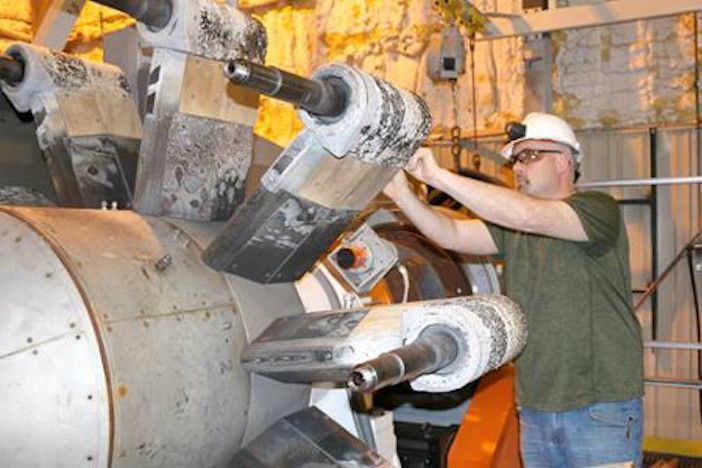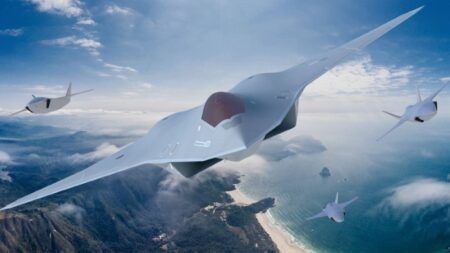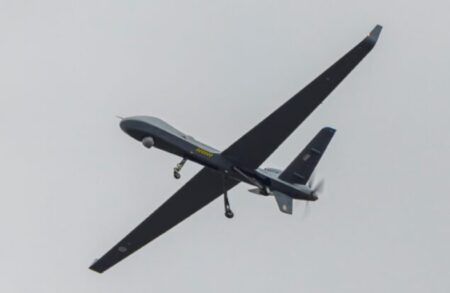An arc heater unit at the High Temperature Laboratory at Arnold Air Force Base (Image: US Air Force photo/Deidre Ortiz)
3D printers are to be used to help the Arnold Engineering Development Center’s High Temperature Laboratory at Arnold Air Force Base, Tennessee, meet a continuously increasing workload.
The High Temperature Laboratory (HTL) houses three arc heater units – H1, H2 and H3 – that provide aerothermal simulation environments for high-speed vehicle materials and structures.
According to Jonathan Kodman, project engineer, the arc heaters are in “high demand”, recently reaching a record year of about 60 test runs. “We could potentially see close to 100 runs in the future,” he said.
Benjamin Weaver, Air Force project manager, said that the HTL test teams have been looking at ways to accommodate additional testing because of high demand. “A study was done to look at everything from the system, process and infrastructure, to see how we can improve our throughput to meet the upcoming requirements,” Weaver said.
Kodman led the study and wrote a report laying out the various options for improvement, the scope of that work, and cost estimates. One of those options was using a 3D printer to print parts for the arc heaters. Having the ability to instead 3D print these parts will allow for a much quicker turnaround for testing in the arc heaters.
“There’s definitely a cost saving associated with doing this,” Kodman added. “We don’t have to wait for the parts to be shipped in to us.”
The study showed another way to meet the increasing workload would be by improving data processing by moving the data out of the control room faster.
“The 4K video we take of the testing in the arc heaters has to be compressed down and now all this is done in the control room,” Kodman said. “We would like to move that process out of the control room so we can be prepping for the next test while we’re finishing up video processing.”
While these are only two of the items the study identified, Elijah Minter, the Mid-Pressure Arc Heater Project director, mentioned that these are “ideas that will provide immediate impact” and assist the facility in reaching future testing requirements.
April 24, 2018





